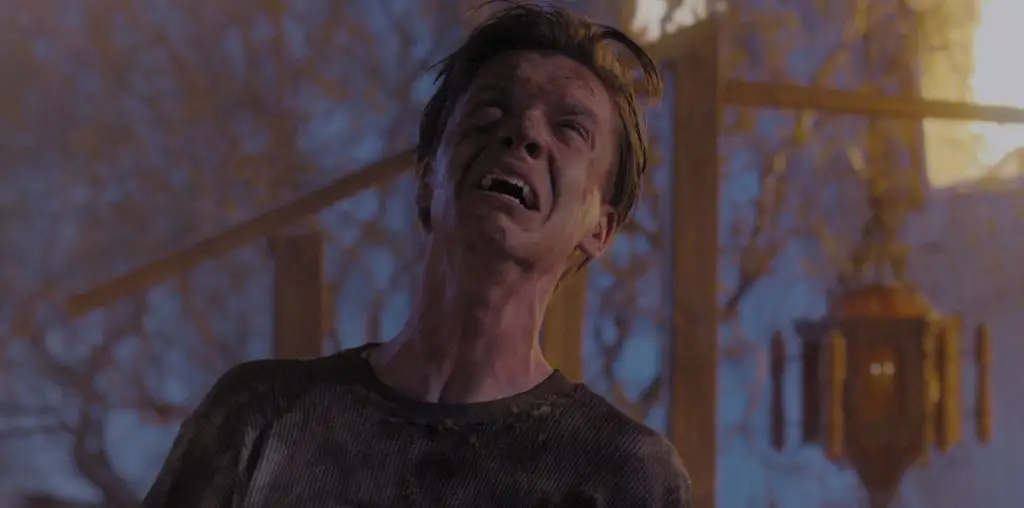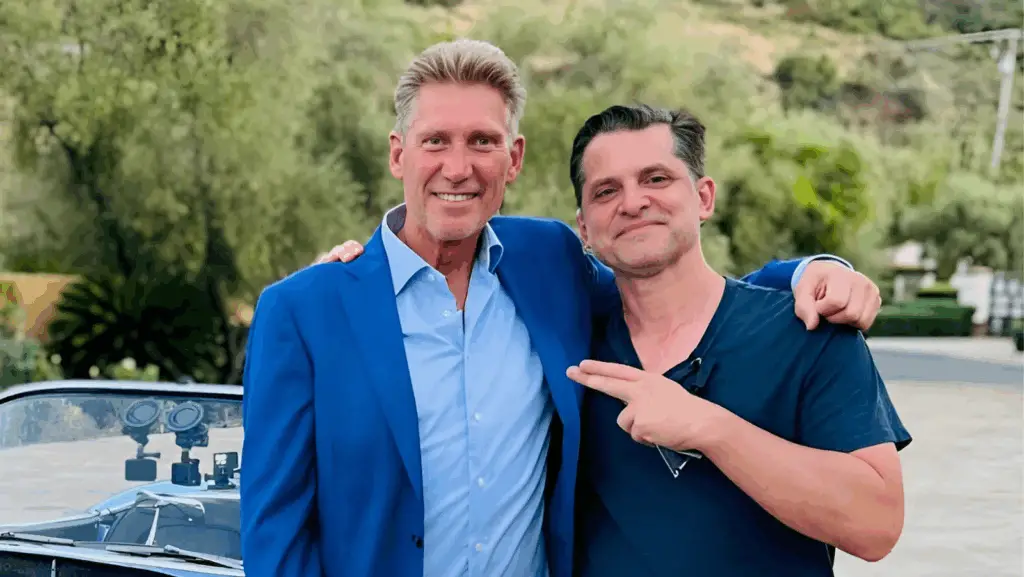
“Attention, creatures of the night.”
Some of the finer movies of the last forty years have been musical documentaries. “Gimme Shelter” and “Don’t Look Back” are outstanding films featuring two of the greatest artists of the 1960s. This trend continued through the ensuing decades with more examples – some lesser-known (“D.O.A.,” “Theremin: An Electronic Odyssey”) – and those that are quite celebrated (“The Kids Are Alright,” Buena Vista Social Club). The genre itself runs the gamut from ‘rad’ (The Filth and the Fury) to ‘groovy’ (“Woodstock”) to ‘bummer’ (“Tie-Died”). And I’m not even getting into “ABBA: The Movie.”
From the rock and R&B of the ‘60s, to punk in the ‘70s, to the…whatever of the ‘80s and ‘90s, these films cover a broad spectrum of musical flavors and individual bands. But while most “docos” of this variety tend to tilt heavily towards popular musical styles, many other genres received little to no recognition. The most egregious omission, to my mind at least, was heavy metal.
I know, I know, none of you were ever into heavy metal. Or if you were, it was only “real” s**t like Sabbath, or Iron Maiden, or pre-“…And Justice For All” Metallica. Certainly none of you stooped so low as to actually listen to bands like Whitesnake, Dokken, or (heaven forbid) Poison.
Some would argue, perhaps with good reason, that those last groups listed don’t even qualify as metal. The hair bands of the mid-1980s had more in common with contemporaries like O-Town than they did with under-the-radar hardcore metal bands like Deicide or Sepultura: they were cute, had great (for the time) hair and matching outfits, and some of the poor schmucks – Warrant, to name one of the more blatant examples – even had choreographed head banging to go along with their lite metal stylings.
But for a while there in the middle to late 1980s, like it or not, heavy metal (especially its glam cousin) reigned supreme. The only film to date to recognize this, Penelope Spheeris’ 1988 effort “The Decline of Western Civilization Part II: The Metal Years,” offers a glimpse of the L.A. metal scene during this period, a musical microcosm that rested on a rather inauspicious cusp between the heyday of ‘80s hair metal and the rise of the grunge movement of the early 1990s.
“Sixteen inches!”
“Decline” leads off with several elder statesmen of metal discussing the lasting influence of the genre, all in a variety of settings. Gene Simmons and Paul Stanley of KISS opine from a lingerie store and a bed filled with scantily-clad models, respectively. Aerosmith’s Steven Tyler and Joe Perry hold forth in what looks like a fern bar, while Lemmy of Motörhead stands on a hill overlooking Los Angeles. Alice Cooper slags imitators from one of his infamous concert stages, and finally we get Ozzy Osbourne reminiscing as he prepares breakfast in a kitchen. The kitchen isn’t his, but the bathrobe’s a winner, so we’ll go with it.
Taken at this level, “Decline” could almost be regarded as a historical piece. Here we have some of the biggest names in metal ruminating on their fans and success, sort of like a “Behind the Music” episode without all the annoying self-pity and life affirmation. And then we meet the newer “up and coming” bands…
Lordy.
The movie moves quickly from a seminar on the merits of metal music to scholarly dick size comparisons from the likes of future Hall-of-Famers Faster Pussycat and Tuff. The one-upmanship flies fast and furious, but eventually settles down to the more mundane business of rocking out.
Combined with initial assertions about the power of “rawk” are the constant vehement protestations among these groups about how their particular band is not glam. Meanwhile (and just to name one example), the lead singer for Lizzy Borden sports enough epaulets and make-up to be Adam Ant, and that’s without the Captain and Tennille hat. One can at least be thankful for the fact that all the accessories distract from Lizzy’s subsequent horrible cover of Steppenwolf’s “Born to be Wild.”
Metal poseurs extraordinaire Poison also have a few key interview segments. To be fair, only lead singer Bret Michaels comes across as a true boob (and one who quite possibly did an entire eight ball before his turn to speak). Drummer Rikki Rockett is at least reasonably comfortable in his shallowness, and C.C. DeVille still had yet to lapse into full-blown self-parody. Of course, the band itself is parody enough. To quote Mr. Michaels: “You don’t sell three million albums if you can’t play.” This is, to put it mildly, a shockingly moronic statement. Ignoring the example set by Michaels’ own particular gang of frauds, I think it’d be pretty easy to cite several dozen contemporary examples contradicting his statement. But I’ve got nothing against Poison, really. They may have made the albums, but they didn’t force subsequent hordes of dipshits to buy them.
Get the rest of the story in part two of FOOTAGE FETISHES: THE DECLINE OF WESTERN CIVILIZATION PART II: THE METAL YEARS>>>
Discuss Pete Vonder Haar’s “Footage Fetishes” column in Film Threat’s BACK TALK section! Click here>>>


